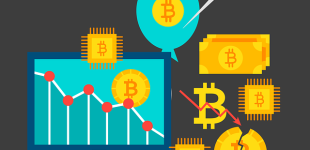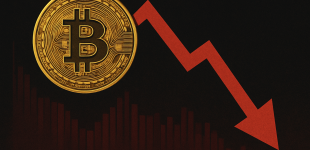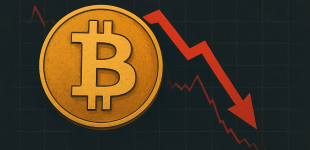
Introduction
In recent developments within the cryptocurrency market, significant events have unfolded that have impacted major exchanges like Binance and Coinbase. A dYdX executive has attributed recent crashes on these platforms to algorithmic trading firms, while Binance has introduced a new policy requiring deposits for token listings, extending its token listing cliff period.
Algorithmic Trading And Exchange Crashes
Algorithmic trading, using computer algorithms to execute trades at speeds and volumes far beyond human capabilities, has been identified as a key factor in the recent instability of cryptocurrency exchanges such as Binance and Coinbase. According to a dYdX executive, these automated systems can create rapid fluctuations in prices and volumes, leading to unexpected crashes. Such incidents not only affect the trading operations but also shake investor confidence, leading to significant market volatility.
The reliance on high-frequency trading strategies can lead to scenarios where algorithmic trading exacerbates market movements. During times of high market stress, these algorithms can act in ways that might unintentionally compound market direction movements, leading to sharp declines or spikes in cryptocurrency prices. This can trigger automated sell-off or buy sequences that further destabilize the market.
Binance’s New Token Listing Policy
In a strategic move, Binance has revised its token listing process, which now includes an extended cliff period and a new deposit requirement. The updated policy mandates that tokens must be deposited and held for a longer duration before they become tradable on the exchange. This move is aimed at enhancing market stability and ensuring that token listings are backed by sufficient capital to withstand market pressures.
The deposit requirement is particularly notable. By requiring a deposit in Binance Coin (BNB), Binance ensures that there is a vested interest in the success and stability of the listed tokens. This approach could potentially deter the listing of less serious or lower-quality projects, thereby protecting investors and the integrity of the exchange.
Market Implications
The implications of these changes are twofold. On one hand, the role of algorithmic trading in causing exchange crashes highlights the need for advanced risk management strategies by both traders and exchanges. It calls for a review of the trading algorithms and mechanisms in place to prevent future occurrences. On the other hand, Binance’s new token listing policy could lead to a more robust framework for new token introductions, possibly setting a new standard in the industry for how tokens are introduced to the market.
Both developments underscore a growing awareness and response to the complexities of the cryptocurrency market. As digital assets continue to evolve, the infrastructure and rules governing them must also adapt. Binance’s changes and dYdX’s insights serve as reminders of the dynamic nature of this space and the continuous effort required to maintain stability and trust in digital currency exchanges.
Conclusion
The cryptocurrency market remains at the frontier of financial technology, where innovation often outpaces regulation and stability measures. As exchanges like Binance and Coinbase navigate these challenges, the industry will likely witness further innovations in trading technology and regulatory measures, aiming for a balance between rapid growth and market stability.







There are no comments at the moment, do you want to add one?
Write a comment